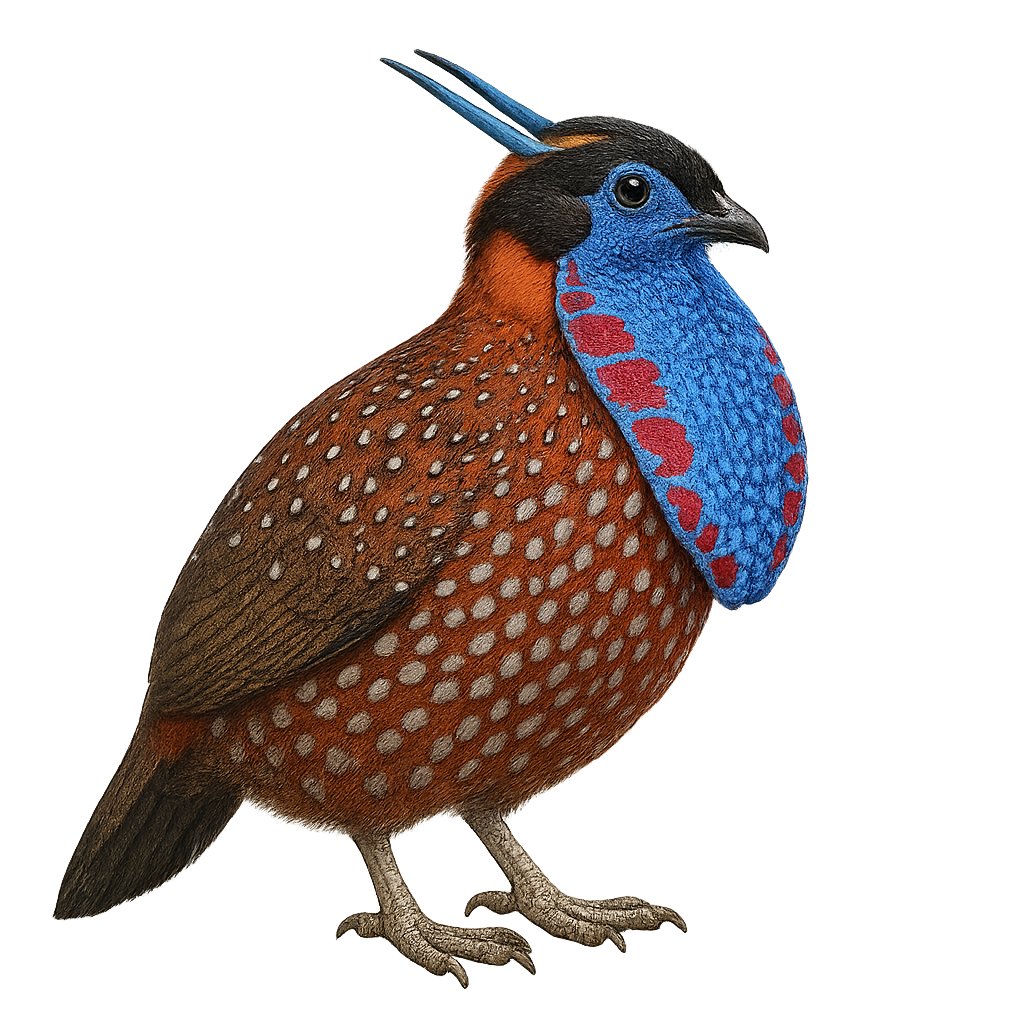Your wildlife photography guide.
Explore the temminck's tragopan in detail, study its behavior, prepare your shots.
Where to observe and photograph the temminck's tragopan in the wild
Learn where and when to spot the temminck's tragopan in the wild, how to identify the species based on distinctive features, and what natural environments it inhabits. The WildlifePhotographer app offers tailored photography tips that reflect the temminck's tragopan’s behavior, helping you capture better wildlife images. Explore the full species profile for key information including description, habitat, active periods, and approach techniques.
Temminck's Tragopan
Scientific name: Tragopan temminckii

IUCN Status: Near Threatened
Family: PHASIANIDAE
Group: Birds
Sensitivity to human approach: Suspicious
Minimum approach distance: 10 m
Courtship display: April to June
Incubation: 27-29 jours
Hatchings: April to July
Habitat:
Mountain forests, humid forests, dense wooded areas
Activity period :
Primarily active during the day, with peak activity in the morning and late afternoon.
Identification and description:
The Temminck's Tragopan is a colorful pheasant native to the mountainous forests of Southeast Asia, particularly in China, India, and Myanmar. This pheasant is renowned for its vibrant plumage, especially in males, which display bright colors ranging from red to blue, with white-spotted patterns. Females, more discreet, have brown plumage that allows them to blend effectively into their surroundings. The Temminck's Tragopan is a shy bird, preferring dense and humid forest areas where it primarily feeds on vegetation, seeds, and insects. Although its habitat is threatened by deforestation, it remains relatively common in some regions.
Recommended lens:
400 mm – adjust based on distance, desired framing (portrait or habitat), and approach conditions.
Photography tips:
To photograph the Temminck's Tragopan, it's essential to blend into the environment to avoid scaring it away. Use a telephoto lens of at least 400mm to capture detailed images from a distance. Opt for early morning or late afternoon hours when the light is soft and the bird is more active. Be patient and quiet, as this bird is suspicious. Good camouflage and a discreet approach are crucial for successful shots.
The WildlifePhotographer App is coming soon!
Be the first to explore the best nature spots, track rutting seasons, log your observations, and observe more wildlife.
Already 1 439 wildlife lovers subscribed worldwide

